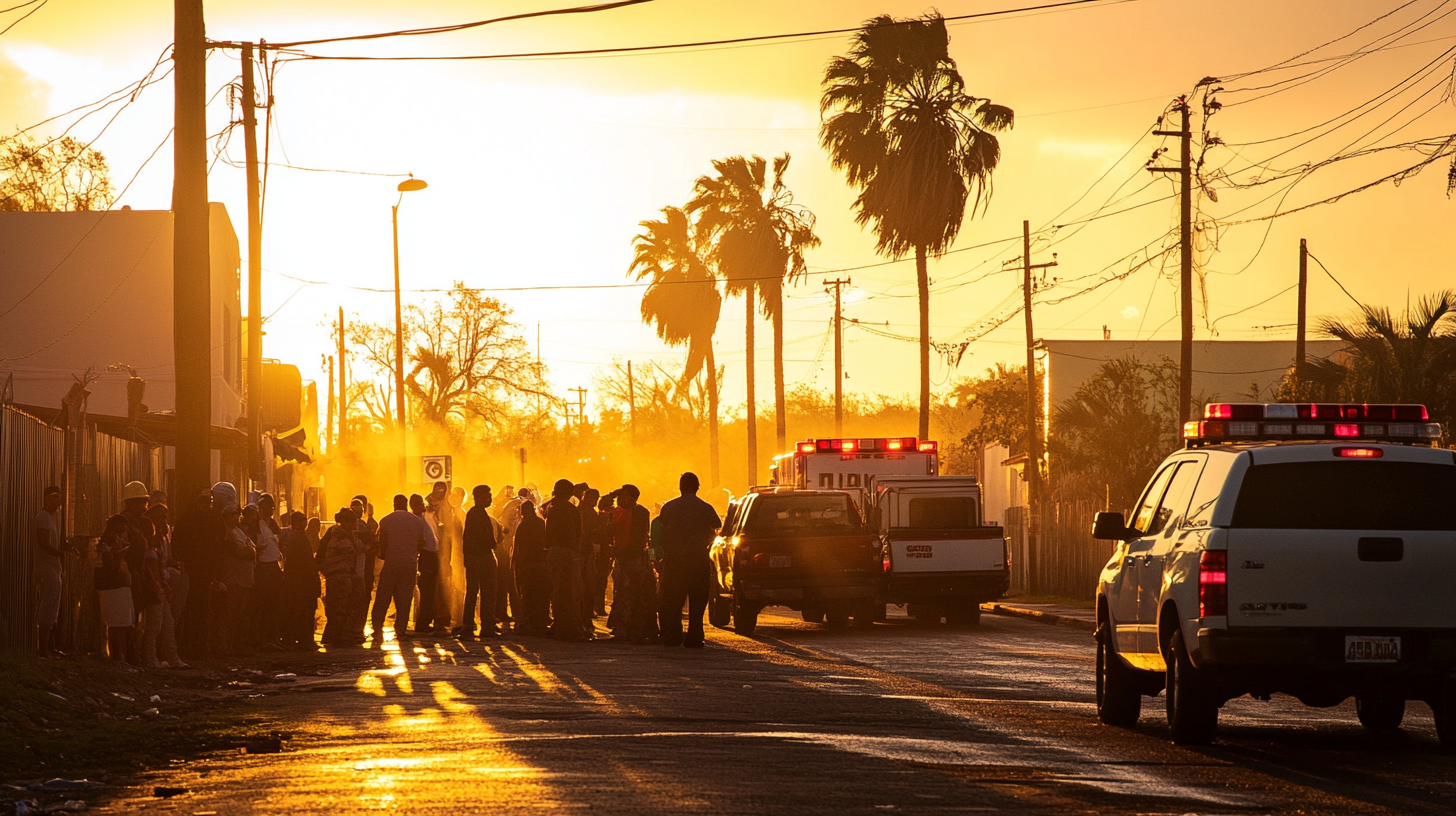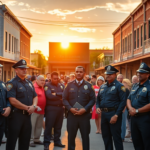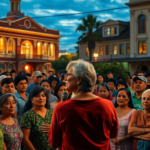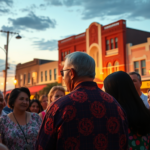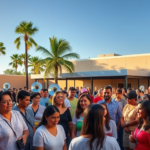**Brownsville Homeless Shelter Faces Surge in Migrant Arrivals**
In recent weeks, the Ozanam Center, a prominent homeless shelter in Brownsville, has been grappling with an unprecedented influx of migrants, pushing its occupancy towards full capacity. This surge, attributed to the increased use of the CBP One application, has significantly impacted the local community, highlighting ongoing immigration challenges unique to the Rio Grande Valley.
Shelter Capacity Stretched
The Ozanam Center, strategically located in one of South Texas’ busiest border towns, is no stranger to hosting individuals in need. However, Executive Director Victor Maldonado reports that a recent uptick in migrant arrivals is testing their limits. As of Friday morning, the shelter housed 180 individuals, nearing its maximum capacity of 200.
“The numbers caught us off guard initially, but we’re always ready,” Maldonado explained. “Accommodating these individuals is our priority, and we’re doing everything we can to provide them the support they need.”
Typically, these migrants comprise a mix of families, as well as single men and women, who stay at the shelter for approximately five to ten days. They access the shelter services after entering the U.S. legally using the CBP One app, which facilitates entry appointments at American borders.
Contextualizing the Surge
The increase in migrants at the Ozanam Center aligns with broader patterns observed across the region. An attorney specializing in immigration law, who requested anonymity, mentioned an increase in the number of clients seeking asylum. “The looming new administration has led many to believe immigration policies may soon tighten, which is driving more arrivals at the border now,” the attorney noted.
For Brownsville and the wider Rio Grande Valley, this influx underscores the ongoing challenges associated with border proximity. The region frequently acts as a landing point for migrants seeking refuge or pursuing opportunities in the United States, further stressing local resources and services.
Impact on Valley Residents
This spike in migrant presence has resonated across the local community. While some residents express compassion, aware of their city’s historical role as a refuge, others voice concerns over resources and local safety. Yet, for many Valley residents, it’s an issue of maintaining balance and ensuring that all community members, new and longstanding, receive the necessary support.
Local non-profit organizations and community groups have rallied to provide additional support, including food, clothing, and voluntary legal assistance. This offers a reassuring picture of community solidarity, but also highlights the intricate dynamics of managing increased migration in a border town.
City officials acknowledge the complexity of the situation. Brownsville Mayor Trey Mendez illustrated the city’s stance: “We’re a welcoming community, and we strive to balance our resources adequately. While this influx presents challenges, it also calls for empathy and proactive solutions.”
Looking Back and Moving Forward
Brownsville has experienced similar situations in the past, often managing it with a blend of local ingenuity and external assistance. The community’s response often sets a precedent for other border towns, showing resilience and adaptability in the face of national immigration trends.
Nevertheless, the concern remains whether the current infrastructure and resource allocation can sustain long-term increases, particularly if new federal immigration policies provoke sudden spikes in arrivals.
As discussions on immigration become increasingly nuanced, the Ozanam Center’s situation serves as both a reflection of larger national trends and a reminder of the ongoing local impacts seen throughout South Texas.
Resources for Helping the Needy
For those in the Brownsville community looking to assist, several resources are available. Donations and volunteer efforts at the Ozanam Center are greatly appreciated. Community members are urged to contact the center directly at (956) 831-6331 for more information on how to help.
In conclusion, the Ozanam Center’s situation is a microcosm of the broader immigration landscape affecting the RGV. It exemplifies both the challenges posed by migration and the spirit of community resilience that characterizes the Valley’s response. This story will continue to unfold, shaped by the interplay between policy, community action, and the enduring hope of those seeking a better life.

